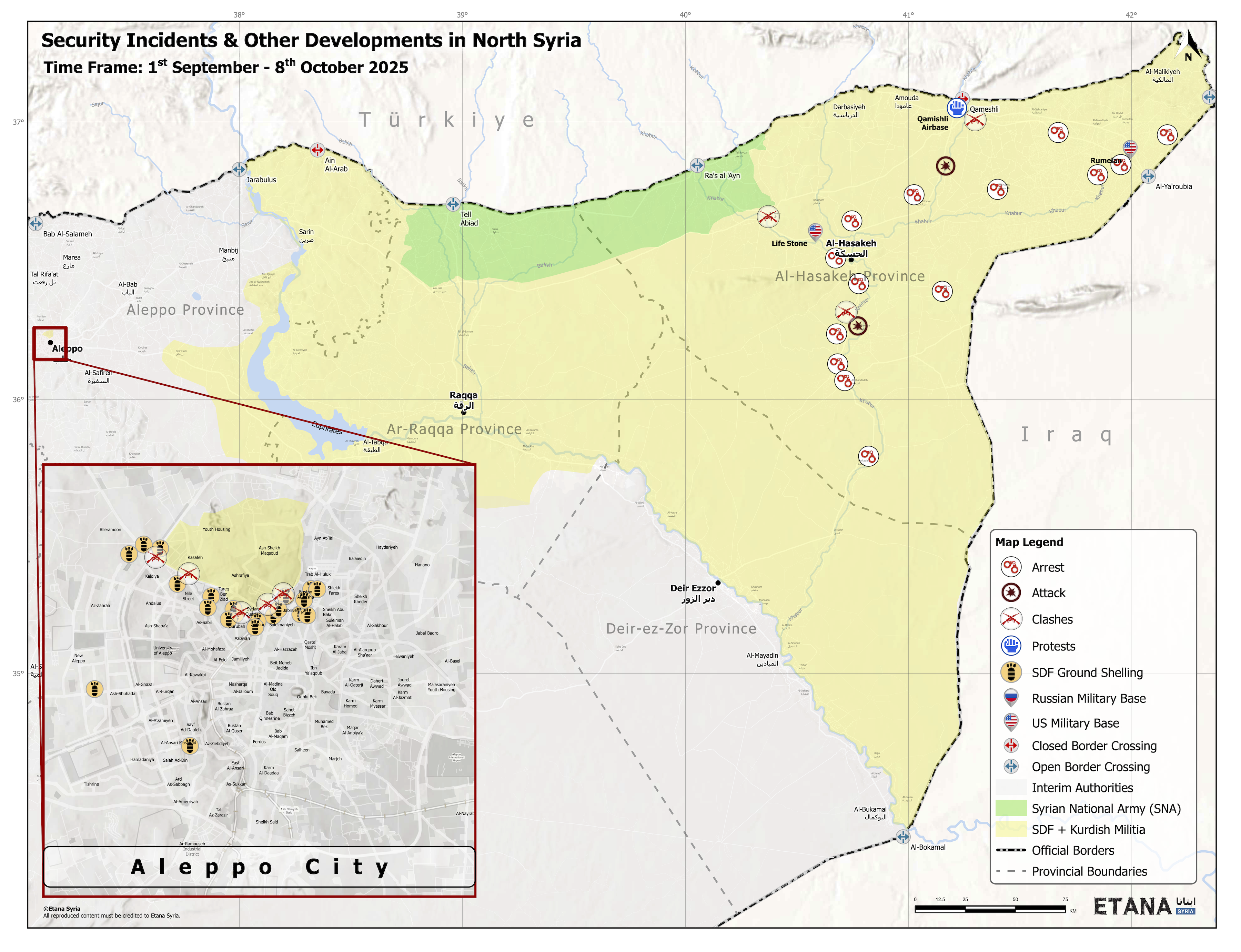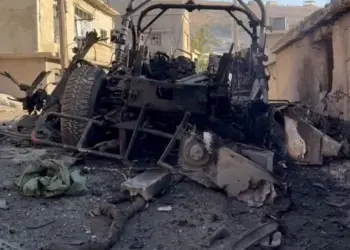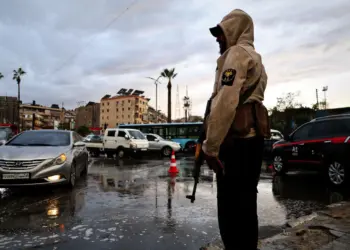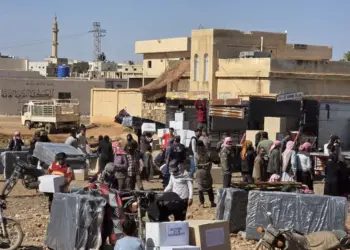Over the course of a week between the 2nd and 7th October, a range of military flashpoints erupted across the north-east, triggering a crisis-within-a-crisis in Aleppo’s Kurdish-majority districts, Sheikh Maqsoud and Ashrafiyeh. A US-brokered ceasefire brought an end to hostilities on 7th October. The truce temporarily stabilized frontlines and reopened closed crossings in Raqqa, creating space for renewed political dialogue between interim authorities and the Syrian Democratic Forces (SDF). In practice, the ceasefire provides a pause in active hostilities and temporary diplomatic breathing space for both sides. But the key substantive challenges—control over strategic assets, sequencing of handovers and guarantees for political rights—remain unresolved.
The coming days and weeks will reveal whether this ceasefire becomes a durable foundation for negotiations to progress, or merely a lull before renewed clashes. As the ongoing conflict within the Self Administration over education policy and curriculum encapsulates, at stake is a larger struggle over legitimacy, governance and essential questions around identity in north-east Syria. This cumulative and slower-moving confrontation—over military, political, cultural and institutional control—may shape the next phase of negotiations between the SDF and the interim government as much as any battlefield dynamics.
Escalation Dynamics & Background
Tensions around Aleppo had been simmering for months amidst a broader negotiating process to reintegrate territory in north-west and north-east Syria held by the SDF under the centralized control of Ahmad al-Shara’a’s interim administration. The Kurdish-majority neighborhoods of Sheikh Maqsoud and Ashrafiyeh have served as a kind of early testing-ground for that integration, with repeated frictions erupting over the creation of military checkpoints and local governance initiatives. In early October, an explosion of uncertain origin damaged a hospital in Ashrafiyeh, raising Kurdish residents’ suspicions of government intentions and provided an opening for interim authorities to act. In short order, government forces moved to seal all seven access roads into the two neighborhoods, effectively placing them under siege.
In the face of these provocations, residents across Kurdish-majority areas responded with protests demanding free passage, resisting the government’s tightening encirclement. This gradual escalation—from blockade to restricted movement—set the stage for open confrontation. Moreover, the March 2025 deal between the SDF and Damascus to integrate military and civil institutions had long been stalled, and mutual distrust remained high.
By 6th October, the situation in Aleppo spilled into active conflict. Government forces moved swiftly to seal off neighborhoods and apply pressure. Late that evening, exchanges of fire erupted in Sheikh Maqsoud and Ashrafiyeh, with both sides blaming the other for initiating attacks. The government claimed that SDF fighters targeted checkpoints with mortars and heavy weapons; the SDF meanwhile denied its forces were present in those districts and accused government forces of aggression. Clashes intensified into the night: pro-government troops deployed mortar strikes, armored incursions and gunfire, while the SDF adopted a more restrained posture. Telecommunications cuts and Internet blackouts accompanied the fighting, complicating independent verification. Civilian areas were caught in the crossfire, leading to displacements while casualties mounted on both sides. At dawn on 7th October, government forces launched a coordinated assault from multiple axes into Kurdish areas, even as artillery and shelling struck adjacent SDF-held zones.
While Aleppo emerged as the most visible theater of battle in recent days, tension also flared elsewhere across the north-east, reinforcing the fact that the Aleppo fighting was part of a broader stand-off. On several other fronts, Kurdish forces and pro-government elements clashed—including around Tal Tamr—while in the Aleppo countryside, clashes between interim government forces and local SDF-aligned units earlier in the week had contributed to the heightened atmosphere of tension across the region.
Diplomatic Push & Ceasefire
The military escalation unfolded in tandem with mounting diplomatic activity, especially involving US interlocutors. On 6th October, US envoy Tom Barrack, accompanied by the head of US Central Command (CENTCOM), held a private meeting with SDF commander Mazloum Abdi. The next day, Abdi traveled to Damascus to meet with Syrian leadership, including interim President Ahmad al-Shara’a and senior defense officials, in a high-profile session attended by American representatives. On 7th October, the US-brokered ceasefire was formally declared. According to the interim Defense Ministry, Abdi and interim Defense Minister Murhaf Abu Qasra agreed to an “immediate, comprehensive ceasefire” across all fronts in north and north-east Syria.
Other Political Developments
A Self Administration directive early last month, banning the Syrian interim government curriculum across all its territories, has emerged as another key political flashpoint in the ongoing political impasse. The order extends even to the “security squares” in Hasakeh and Qamishli—once-exempt enclaves that were previously under regime control. Church-run schools, once protected under informal arrangements, now face uncertainty over their status and independence. The Self Administration has defended the measure as essential to consolidating its educational sovereignty, closing private institutes and imposing fines for unauthorized teaching of the curriculum.
The curriculum ban has provoked sustained resistance from Christian institutions, which have historically operated within a delicate framework of coexistence with Kurds and other groups in the region. The Syriac Orthodox Diocese and other church authorities argue that the Syrian national curriculum is internationally recognized and not inherently political, urging the Self Administration to obtain international legitimacy before enforcing its own program. By early October, a month of negotiations between church representatives and the Self Administration’s Education Authority had collapsed, leaving 35 Christian schools closed to students in protest. Despite the conciliatory tone of some church statements acknowledging the Self Administration’s security role in the Al-Jazira region, the impasse underscores the deep mistrust between religious minorities and local administrators over issues of cultural autonomy and educational control.





